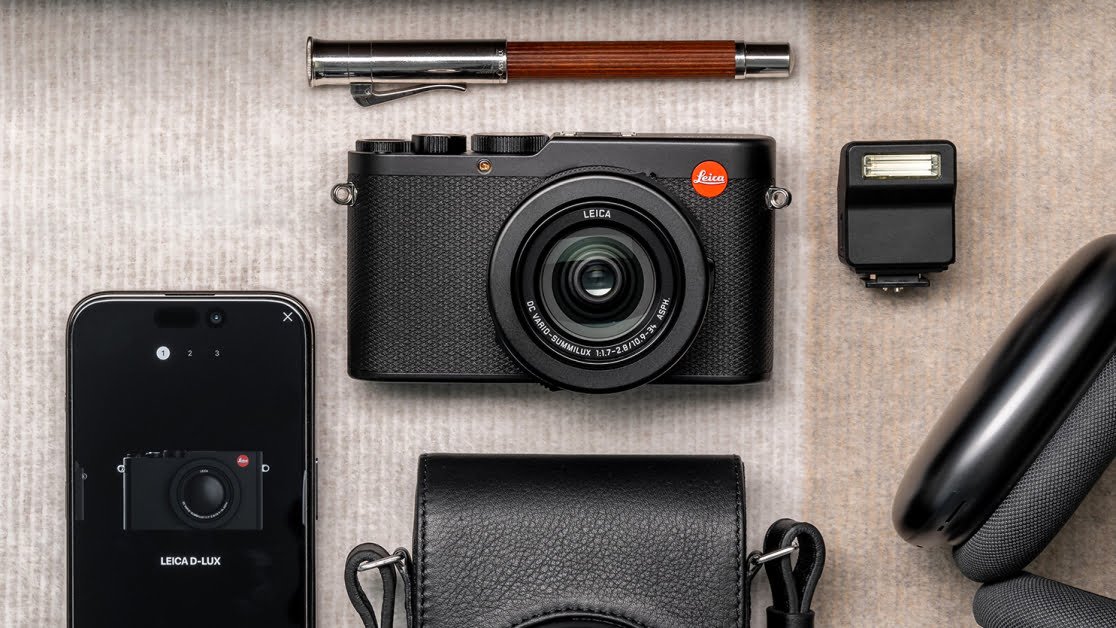Leica, a brand known for its luxury and precision in the photography world, has recently unveiled its latest compact digicam, succeeding one of its popular models. The newest addition to the Leica Q-series promises to maintain the high-quality images and innovative features that photographers associate with the iconic brand. In this piece, we will delve into the key features and enhancements of Leica’s latest compact digicam and why it appeals to photography enthusiasts.
The Leica D-Lux 8, the successor to the D-Lux 7, has been unveiled, showcasing that compact cameras can be anything but dull when Leica is involved. Initially rumored to feature an APS-C sensor to rival the Fujifilm X100VI, the D-Lux 8’s release confirms expectations with its Four Thirds sensor and 24-75mm f/1.7-2.8 built-in lens. The resolution has seen an increase from 17MP to 21MP, introducing a welcomed enhancement.
Scheduled for release on July 2, 2024, the Leica D-Lux 8 will be priced at around £1,450 in the UK. While the US and Australia pricing details are yet to be disclosed, estimates suggest costs of approximately $1,600 and AU$3,000 in those respective regions. The new model incorporates Q-series-inspired improvements, such as an updated user interface and simplified controls for an enhanced user experience.
A notable addition to the D-Lux 8 is the support for raw DNG format, a first for the Leica D-Lux series. This format is widely compatible with various photo editing software, offering flexibility and high-quality output. Additionally, the digicam will come equipped with an external flash that connects via a hotshoe, with further details on accessories to be revealed closer to the launch date.
Despite the six-year gap since the release of the D-Lux 7, the D-Lux 8 showcases incremental upgrades rather than groundbreaking innovations. However, with a price tag of £1,450, the new model positions itself as a competitive option in the premium compact camera market. Compact cameras, once overshadowed by smartphones, are experiencing a resurgence, and the D-Lux 8 aims to cater to the evolving needs of photography enthusiasts.
Drawing parallels with the well-regarded Panasonic LX100 II, the D-Lux 8 seeks to carve a niche for itself in the compact camera segment. As the camera market continues to evolve, Leica’s latest offering aims to blend tradition with modern features to appeal to a new generation of photographers.


